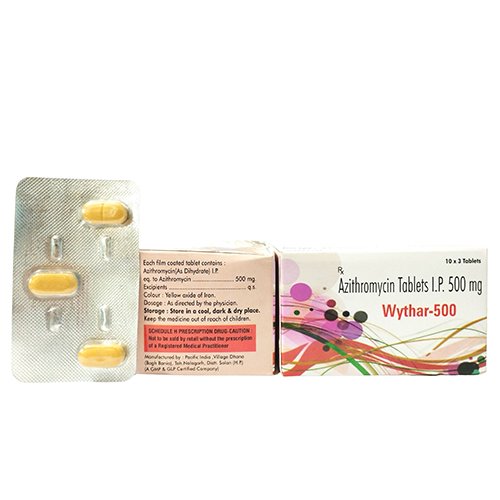- A company that meets the needs of people around the world through superior products and services
Products List

Packing: – Vial
M.R.P: – 88.50
Amikacin is a semi-synthetic aminoglycoside antibiotic derived from kanamycin A. Similar to other aminoglycosides, amikacin disrupts bacterial protein synthesis by binding to the 30S ribosome of susceptible organisms. Binding interferes with mRNA binding and tRNA acceptor sites leading to the production of non-functional or toxic peptides. Other mechanisms not fully understood may confer the bactericidal effects of amikacin. Amikacin is also nephrotoxic and ototoxic.
Pharmacodynamics: – Amikacin is an aminoglycoside antibiotic. Aminoglycosides work by binding to the bacterial 30S ribosomal subunit, causing misreading of t-RNA, leaving the bacterium unable to synthesize proteins vital to its growth. Aminoglycosides are useful primarily in infections involving aerobic, Gram-negative bacteria, such as Pseudomonas, Acinetobacter, and Enterobacter. In addition, some mycobacteria, including the bacteria that cause tuberculosis, are susceptible to aminoglycosides. Infections caused by Gram-positive bacteria can also be treated with aminoglycosides, but other types of antibiotics are more potent and less damaging to the host. In the past the aminoglycosides have been used in conjunction with penicillin-related antibiotics in streptococcal infections for their synergistic effects, particularly in endocarditis. Aminoglycosides are mostly ineffective against anaerobic bacteria, fungi and viruses.
Mechanism of action: – Aminoglycosides like Amikacin “irreversibly” bind to specific 30S-subunit proteins and 16S rRNA. Amikacin inhibits protein synthesis by binding to the 30S ribosomal subunit to prevent the formation of an initiation complex with messenger RNA. Specifically Amikacin binds to four nucleotides of 16S rRNA and a single amino acid of protein S12. This interferes with decoding site in the vicinity of nucleotide 1400 in 16S rRNA of 30S subunit. This region interacts with the wobble base in the anticodon of tRNA. This leads to interference with the initiation complex, misreading of mRNA so incorrect amino acids are inserted into the polypeptide leading to nonfunctional or toxic peptides and the breakup of polysomes into nonfunctional monosomes.
• Absorption : – Rapidly absorbed after intramuscular administration. Rapid absorption occurs from the peritoneum and pleura. Poor oral and topical absorption. Poorly absorbed from bladder irrigations and intrathecal administration.
• Volume of distribution: – 24 L [normal adult subjects] Protein binding: – 0-11%
• Route of elimination: -Amikacin is excreted primarily by glomerular filtration.
• Half life: -2-3 hours
Indication: – For short-term treatment of serious infections due to susceptible strains of Gram-negative bacteria, including Pseudomonas species, Escherichia coli, species of indole-positive and indole-negative Proteus, Providencia species, Klebsiella-Enterobacter-Serratia species, and Acinetobacter (Mima-Herellea) species. Amikacin may also be used to treat Mycobacterium avium and Mycobacterium tuberculosis infections.
| Brand Name | ZYMIK-500 |
|---|---|
| Composition | Amikacin Sulphate 500 mg |
| Pack Type | VIAL |
| Pack Size | 2 ML |

 Get a Quote
Get a Quote




